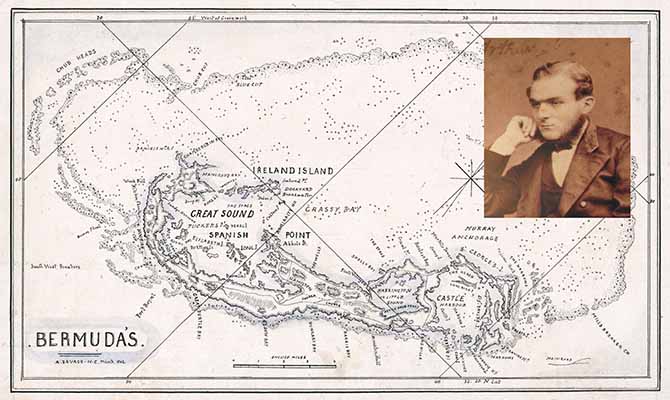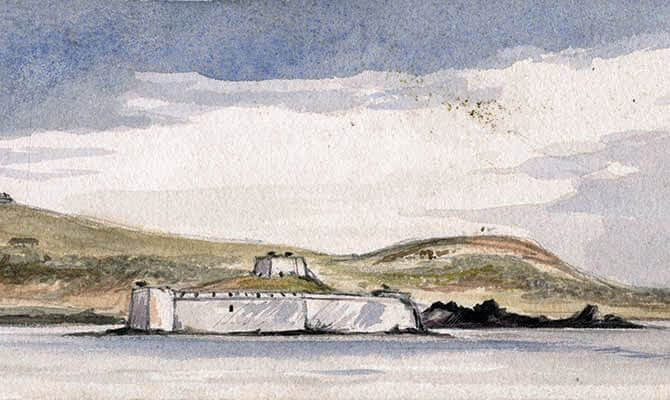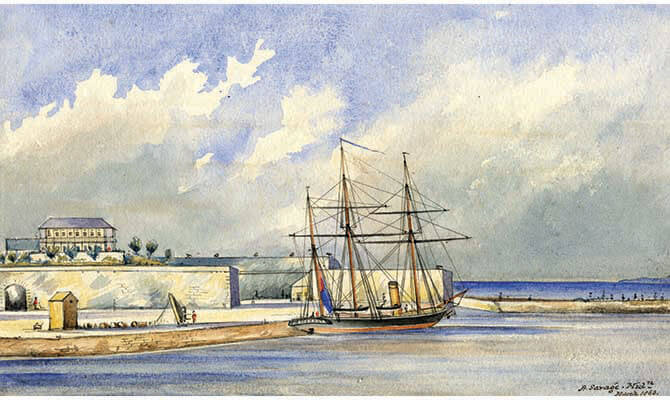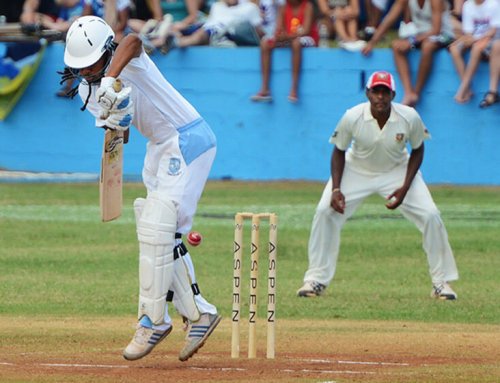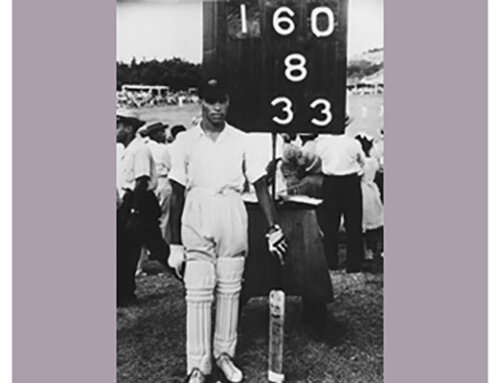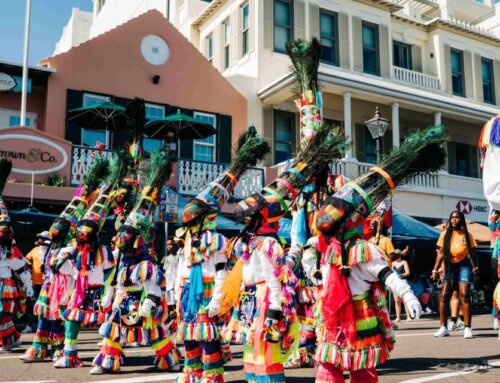by Dr. Edward Cecil Harris, MBE, JP, PHD,FSA
A century after the beginning of the Great War (1914–18), we are reminded of the name of the warship HMS Aboukir, for it was on the demise of that vessel, sunk by a U-boat in September 1914, that William Edmund Smith was the first Bermudian to be lost in that conflict.
The third HMS Aboukir had a connection with Bermuda during the American Civil War (1861–65), for it was on that warship that Arthur Savage visited the island early in 1862, twenty-nine years after his father was there with the Royal Artillery at St. George’s. Johnson Savage MD was a surgeon and spent three years at Bermuda (1833–36), during which time he painted a remarkable series of watercolours, donated to the National Museum in 2014.
Arthur Savage also painted at Bermuda and his work is contained in the logbook he kept as a Naval Cadet, later Midshipman. He served on five Royal Navy ships during the period of his connection with Bermuda, as follows: HMS Aboukir (29 December 1861–25 August 1862), in which he sailed to Bermuda via Teneriffe and later from the Island to Halifax, Nova Scotia and thence to Port Royal, Jamaica. On 27 August 1862, he shipped out of Port Royal for Spithead on HMS Agamemnon (91 guns, noted for laying part of the first transatlantic telegraph cable in 1858) arriving at Portsmouth on 7 October 1862, where he was quartered for nine days on the Belvidera, hulk. From 18 October to 4 December 1862, he was aboard HMS Victory (the great Admiral Nelson’s flagship) at Portsmouth.
The last ship associated with Midshipman Savage and Bermuda was HMS Pylades, a 21-gun screw corvette, on which he departed Spithead for Bermuda in December 1862. His Bermuda paintings are four, one of which is a hand-drawn chart of the Island. One is entitled ‘Mouth of the Narrows’ and illustrates that passage off St. Catherine’s Point, which controlled the access to the Narrows and the dockyard beyond. High on the hill above Fort St. Catherine stands the ‘citadel’ of the defences of St. George’s Island, Fort Victoria.
Another is a panorama of the Royal Naval Dockyard at Ireland Island, in which several convict hulks are yet in evidence, although 1862 would be the final year of their use as such prisoner hostels. A last painting is signed ‘A. Savage. Midn. March 1863’ and appears to be an illustration of his ship, HMS Pylades, along side the Coal Wharf at Dockyard, with the Commissioner’s House in the background.
Arthur Savage’s artistic abilities were cut short by his early death at 20 years. His painting, while showing promise, did not have the opportunity to achieve the brilliance of those of his father, but given time, who is to say that Bermuda might have been graced with another Savage collection of watercolours of the first order, reflecting the later decades of the nineteenth century?

